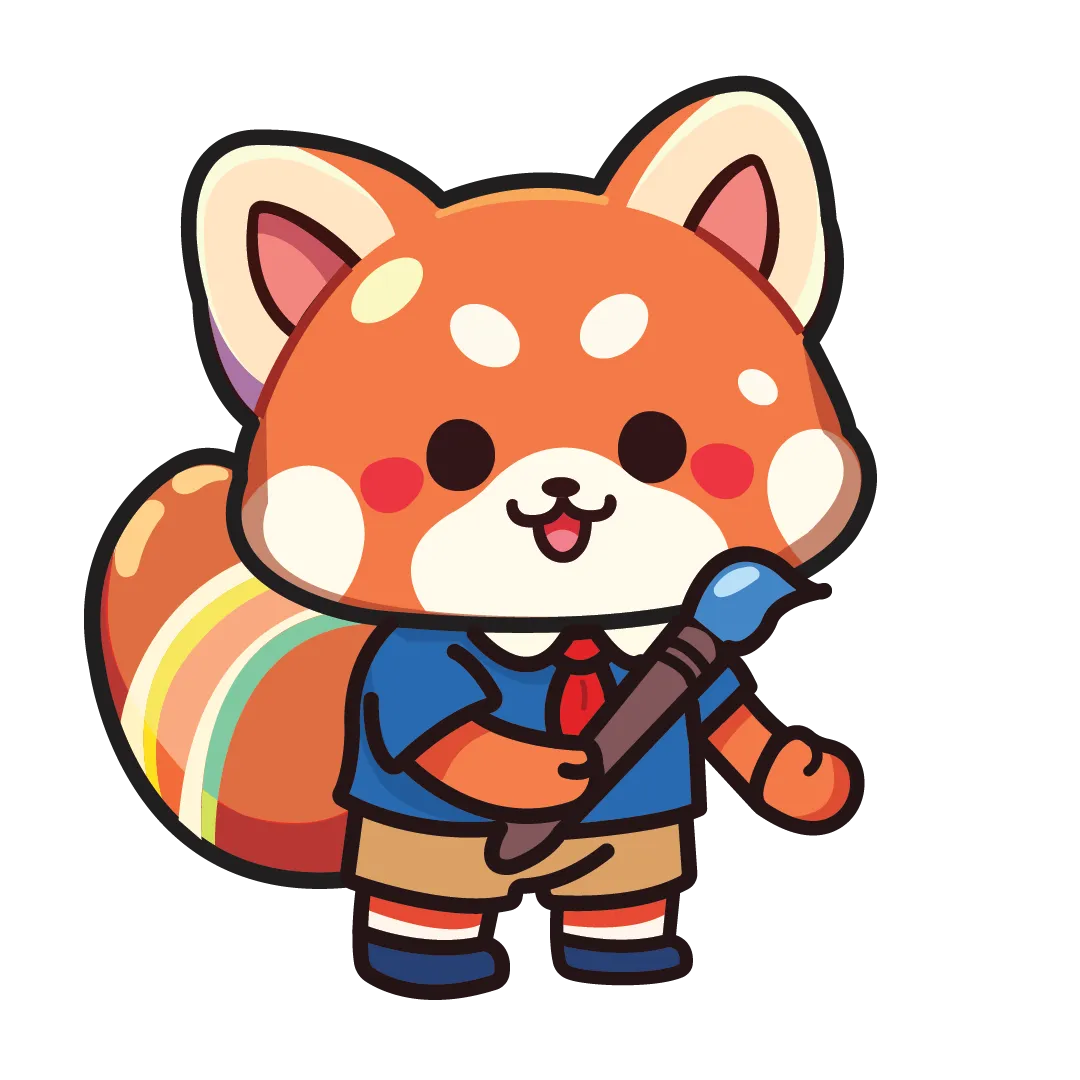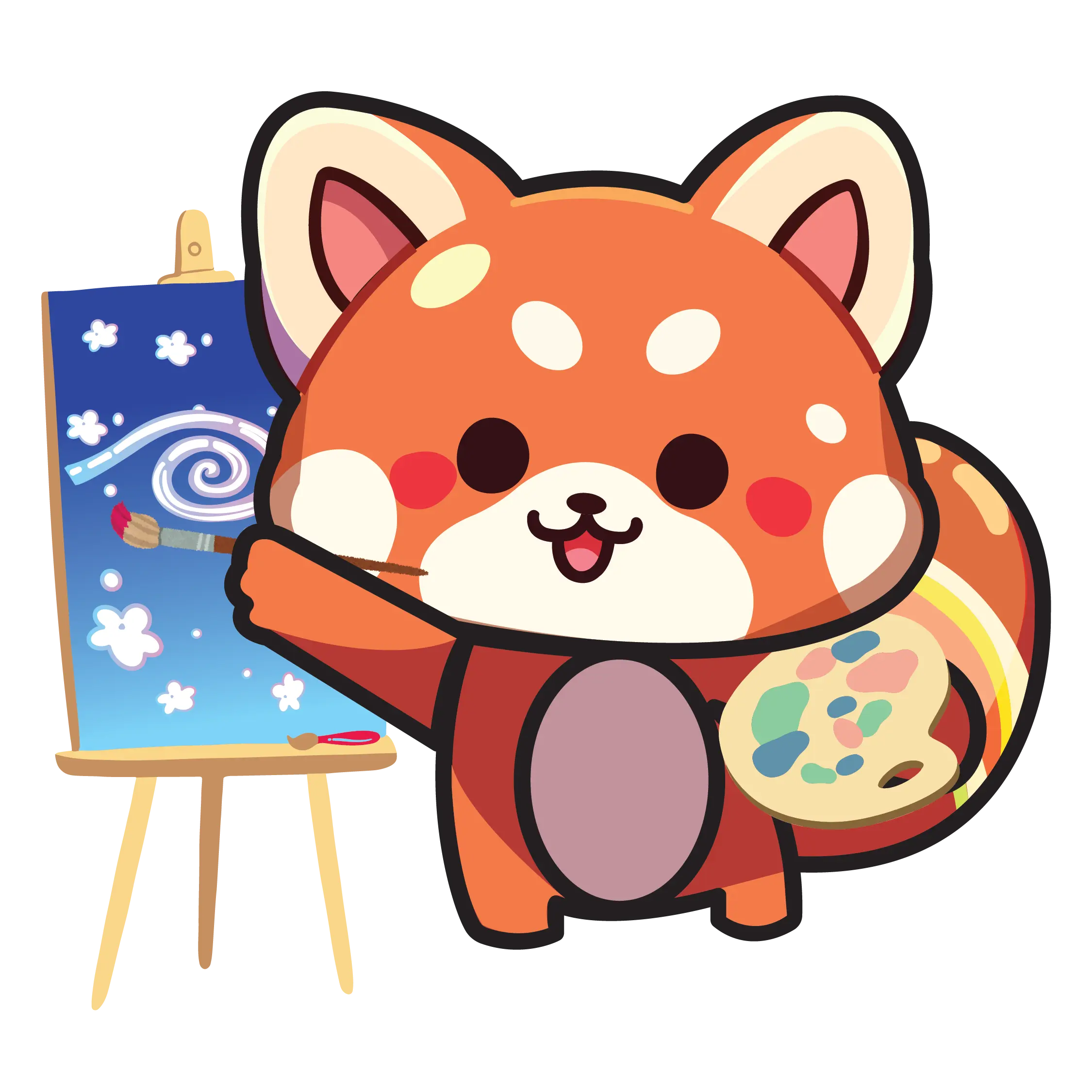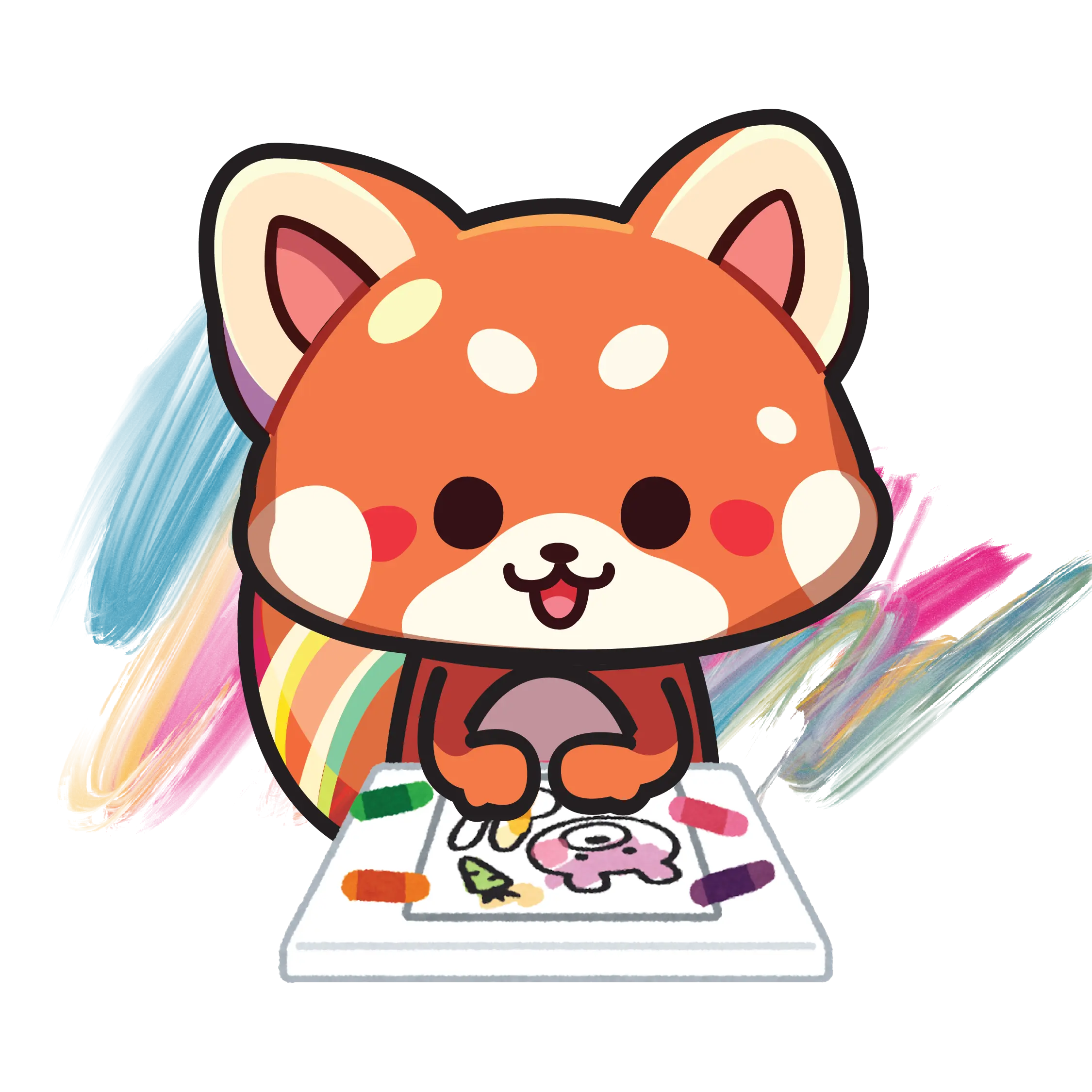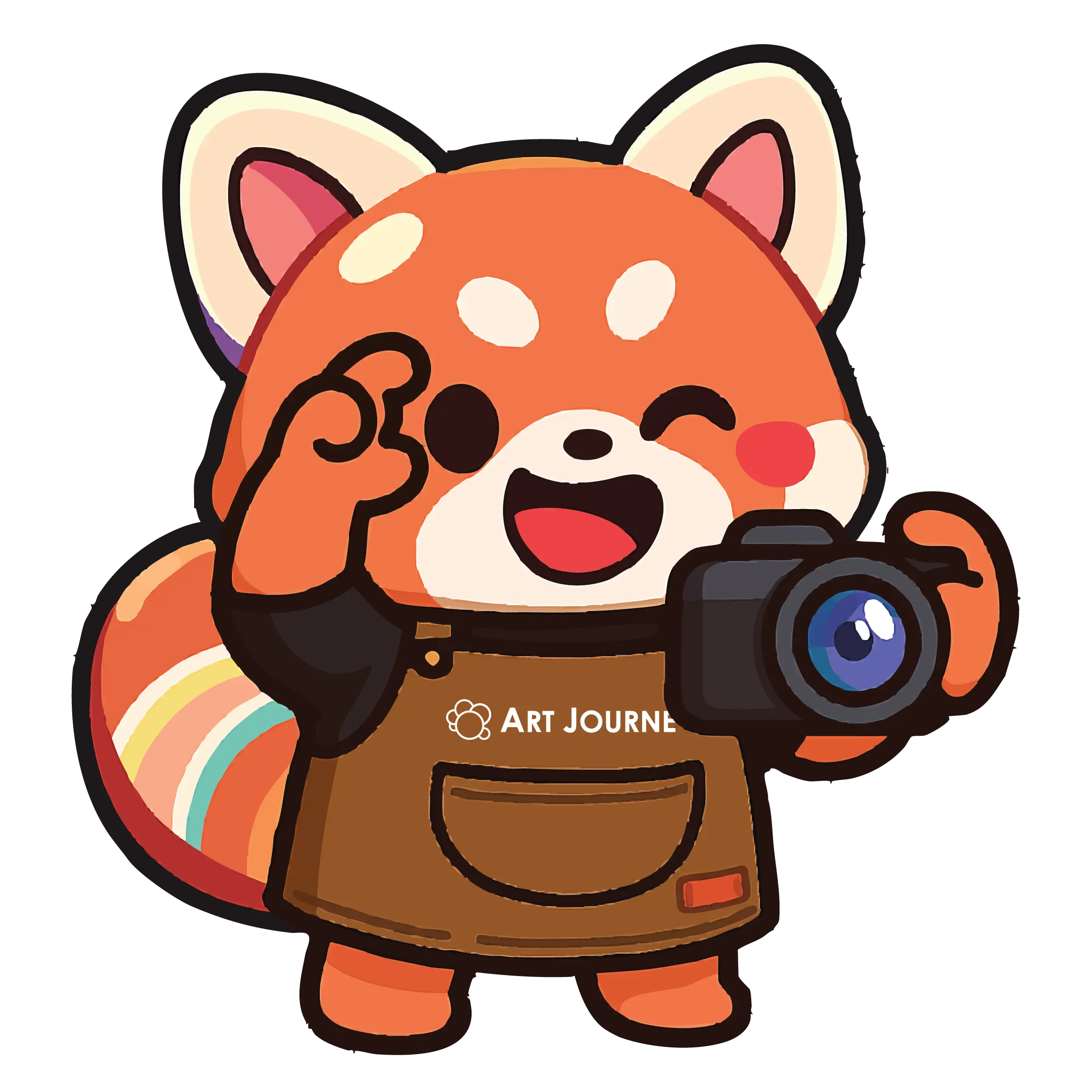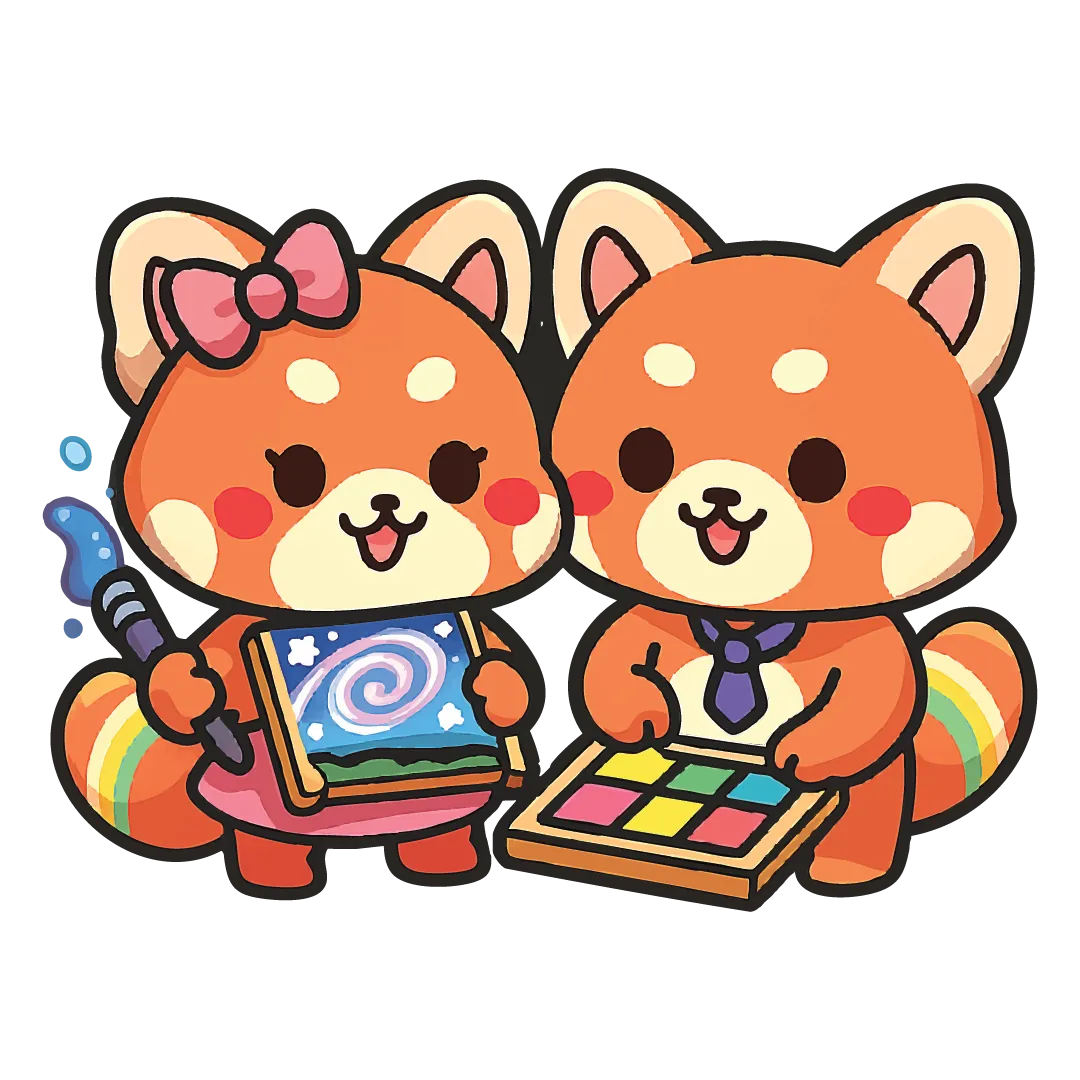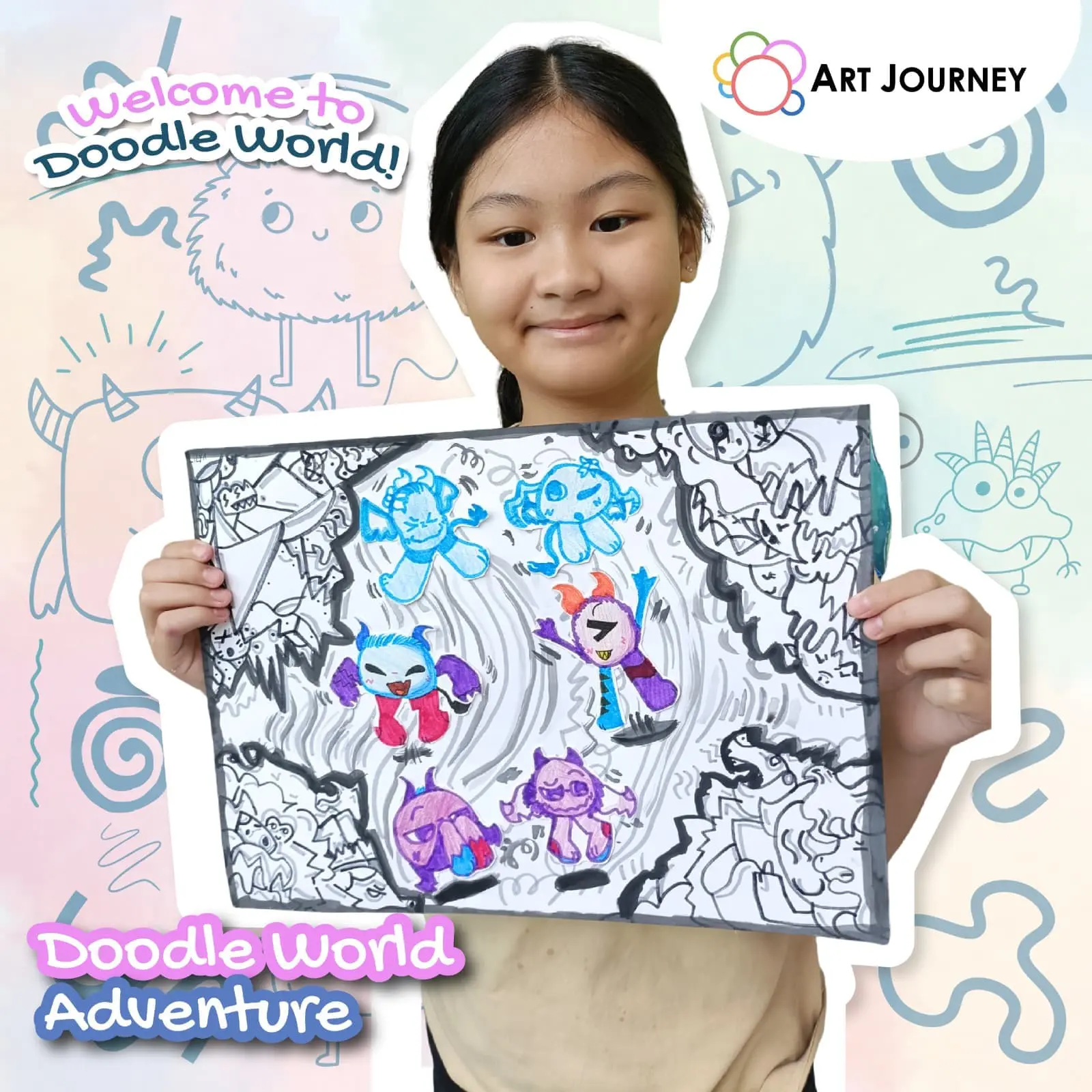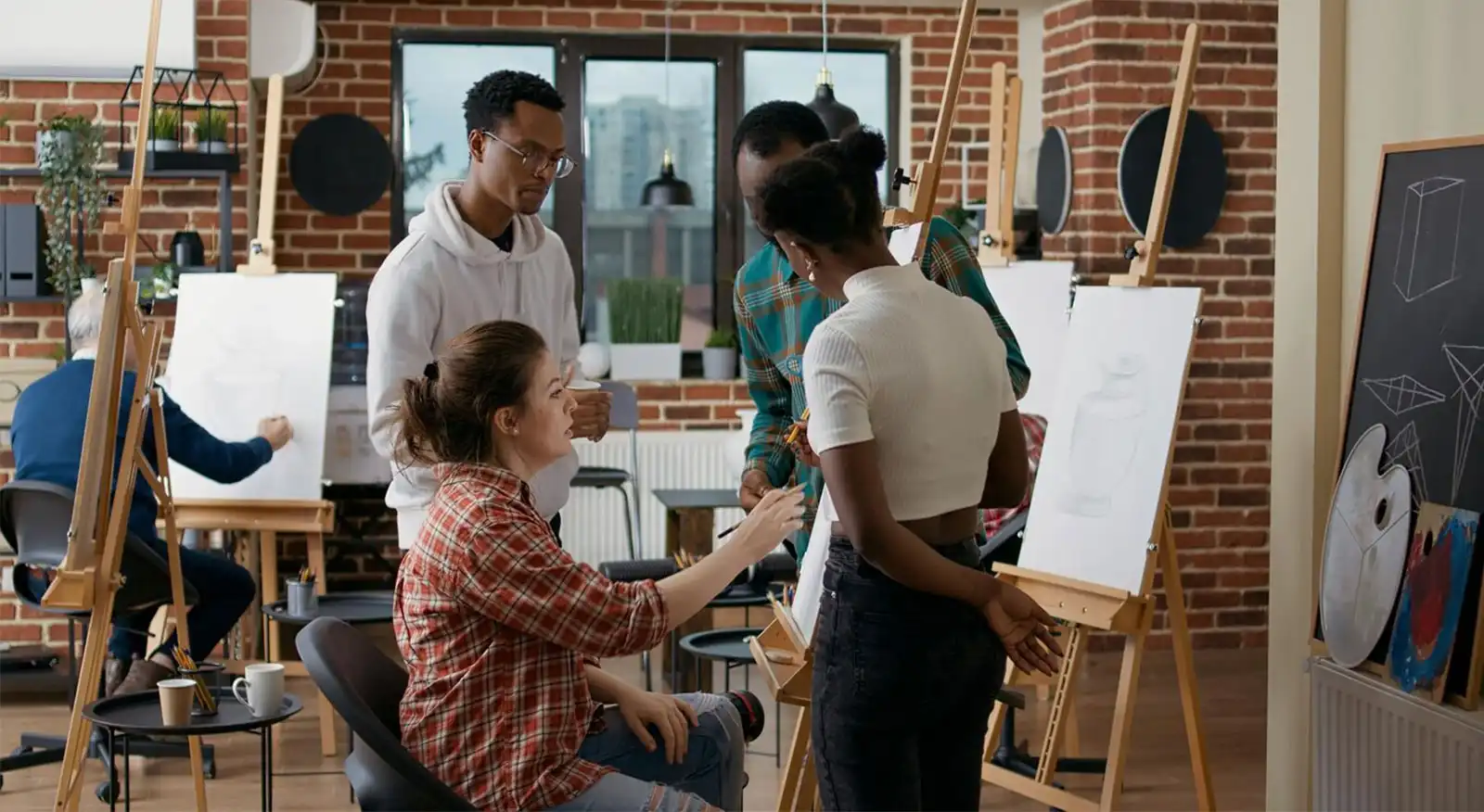
Tips for Hosting Successful Onsite Art Jamming
Onsite art jamming are a fantastic way to bring people together to learn new skills, explore their creativity, and engage in team-building activities. Whether you’re organizing an event for a corporate group, a school activity, or a private gathering, hosting a successful onsite art jamming requires careful planning and thoughtful execution. At Art Journey, we specialize in hosting memorable art jamming that leave a lasting impact on participants. Here are some key tips to ensure your onsite art jamming is a success:
1. Define the Purpose and Audience
The first step in planning a successful onsite art jamming activity is to clearly define its purpose and target audience. Are you hosting the workshop for a team bonding experience, a family gathering, or a corporate event? Each audience will have different needs and expectations, so it’s essential to tailor your workshop to meet those needs.
For example, a corporate art jamming may focus on teamwork and collaboration, while a family bonding activity might emphasize creativity and fun. Understanding your audience helps you choose the right type of art activity, whether it’s painting, clay sculpting, or crafting. It also helps you plan the right level of difficulty to ensure that everyone can participate and enjoy the experience.
2. Choose the Right Art Activity
Selecting the right art activity is key to a successful workshop. The activity should align with the goals of the event and be appropriate for the participants. Here are some factors to consider when choosing an art activity:
- Skill Level: Choose an activity that suits the skill level of your participants. If your group is made up of beginners, opt for simple activities like acrylic pouring or basic painting techniques. If your group has some experience with art, you might consider more advanced activities like pottery or abstract painting.
- Materials: Make sure you have all the necessary materials for the activity. This includes paint, brushes, canvases, aprons, and any other supplies that may be required. It’s important to have enough materials for everyone to participate comfortably.
- Group Size: Some activities are better suited for smaller groups, while others work well with larger groups. Consider the size of your group when selecting an activity to ensure everyone can get involved and have a chance to create something special.
3. Set Up the Venue
Setting up the venue properly is crucial for a smooth and successful art jamming activity. The space should be comfortable, spacious, and conducive to creativity. Here are some things to consider when setting up the venue:
- Lighting: Ensure the venue is well-lit, as proper lighting is essential for participants to see their work clearly and feel inspired. Natural light is ideal, but if that’s not possible, make sure there are bright, adjustable lights in the room.
- Seating and Workspace: Provide enough seating for all participants, ensuring that each person has their own workspace. Tables or easels should be arranged in a way that allows everyone to work comfortably and interact with others.
- Safety: Make sure the venue is safe for participants, especially if you’re working with materials like hot glue guns, sharp tools, or paints. Ensure that all supplies are non-toxic and safe for everyone, and provide aprons or old shirts to protect clothing.
4. Have Clear Instructions and Guidance
One of the most important aspects of a successful onsite art jamming is providing clear instructions and guidance to participants. Depending on the complexity of the activity, participants may need step-by-step instructions to help them complete their projects. Make sure to explain the process clearly, demonstrating each step of the activity.
It’s also helpful to give participants some freedom to explore their creativity while still offering guidance. Encourage them to experiment with different techniques, colors, or patterns, but provide enough structure to ensure they understand the basics of the activity. Additionally, be available to answer any questions and offer assistance if needed throughout the workshop.
5. Create a Relaxed and Enjoyable Atmosphere
The goal of any art jamming is for participants to have fun and enjoy the creative process. It’s important to foster a relaxed and enjoyable atmosphere where everyone feels comfortable expressing themselves. Set the tone by playing some light background music, offering refreshments, and encouraging social interaction among participants.
Allow participants to work at their own pace without feeling rushed. Provide breaks when necessary, especially if the activity is lengthy or requires intense focus. The more relaxed and comfortable participants feel, the more likely they are to enjoy the experience and produce their best work.
6. Foster Collaboration and Teamwork
If you’re hosting a workshop for a corporate group, school event, or team bonding activity, consider incorporating elements of collaboration and teamwork into the art jamming session. Group art projects, such as creating a mural or working on a large canvas together, encourage communication, cooperation, and problem-solving.
Team-based art activities not only help participants bond but also allow them to showcase their strengths and skills in a collaborative environment. Whether it’s combining different styles in a group painting or working together to sculpt a large piece, the collective effort will build a sense of camaraderie and shared achievement.
7. Capture the Moment
Art jamming activities are memorable experiences, and it’s important to capture these moments to look back on. Take photos or videos throughout the event to document the participants’ creativity and the fun they’re having. At the end of the workshop, encourage participants to take photos of their completed artwork and share them with the group.
You can also create a photo board or slideshow that showcases everyone’s finished pieces. This not only celebrates the creativity of participants but also helps foster a sense of pride in their work. If the workshop is for a corporate event or team-building activity, consider creating a display or exhibition of the group’s collective art for everyone to enjoy.
8. Provide Takeaways and Acknowledge Participants
At the end of the workshop, offer participants a chance to take home their artwork. This gives them a tangible reminder of the experience and serves as a keepsake that they can proudly display. If possible, provide additional takeaways, such as a certificate of participation or a small gift bag with art supplies or branded materials.
Acknowledging the effort and creativity of each participant is important. Recognize their contributions, compliment their work, and thank them for being part of the workshop. A positive closing experience ensures that participants leave feeling fulfilled and appreciated.

